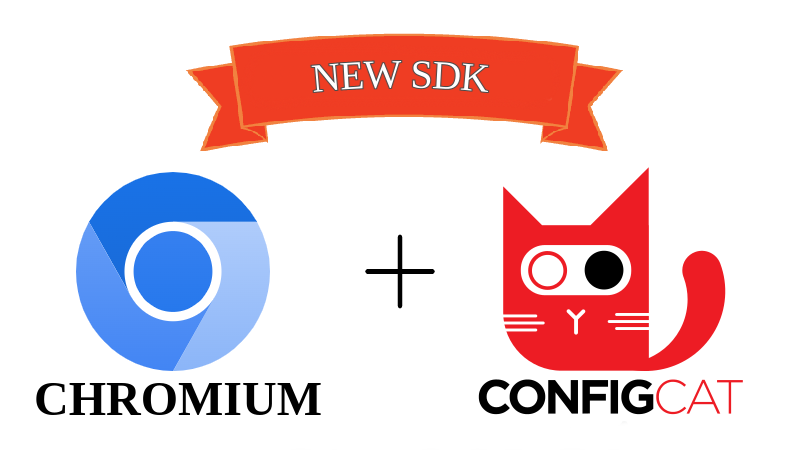Feature flags in C#10 using ConfigCat
Improving your digital product over time is a sure way to keep your target audience engaged and your business running smoothly. Rewarding specific users, such as loyal customers, can be an effective way of increasing customer loyalty and brand recognition.
In this article, I’m exploring how feature flags can be used in a C#10 console application for simple user targeting and feature management, while walking you through an easy-to-reproduce example.














